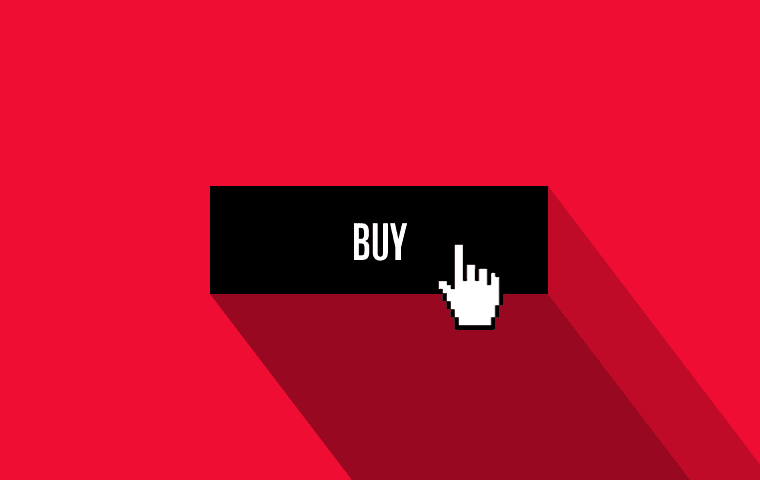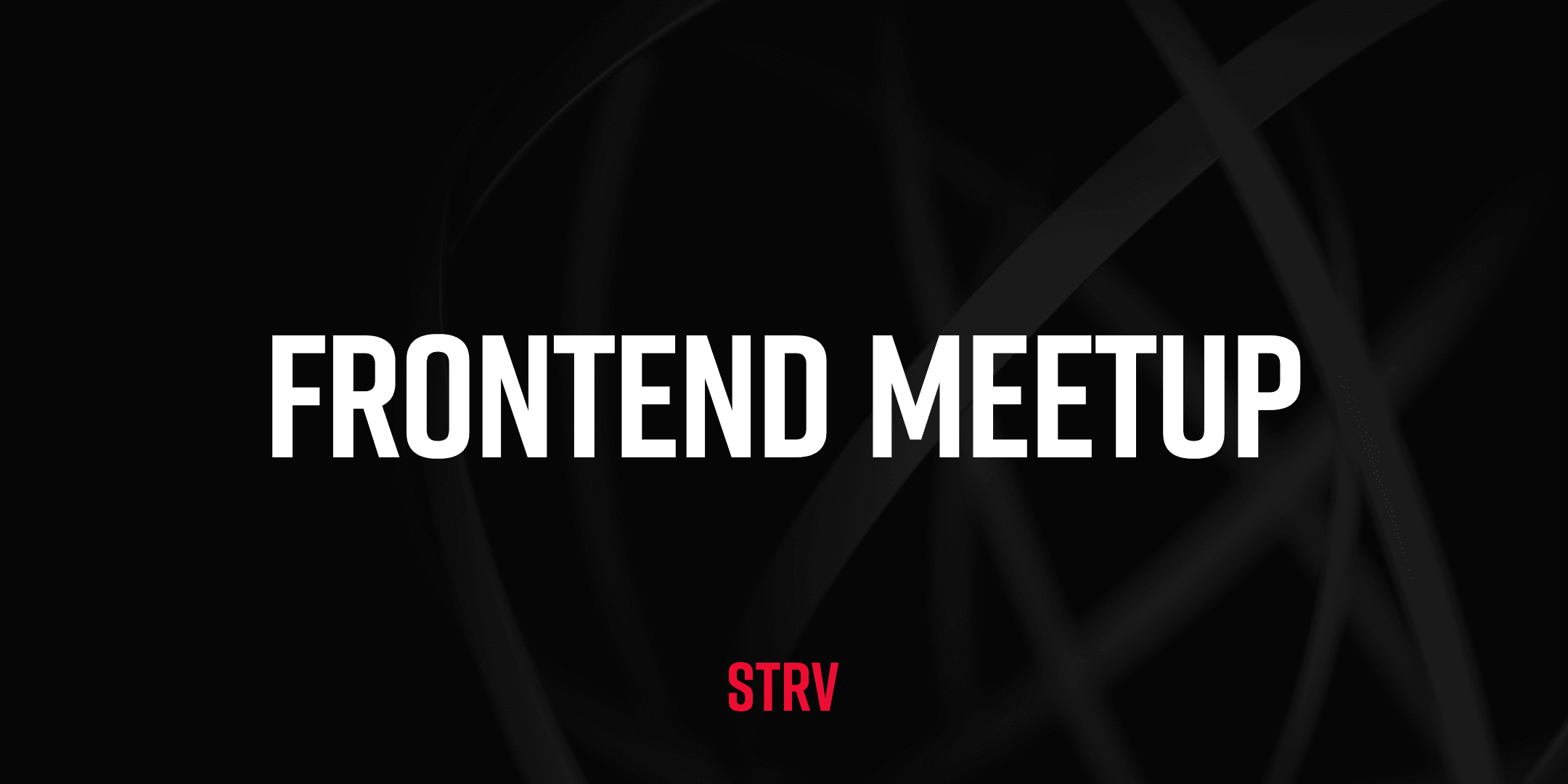According to studies, customers want four things from their shopping experience:
- Convenience
- Inspiration
- Gratification
- Taction (the ability to touch something, to try it on)
E-commerce is working hard to defeat old-school shops across all spheres. And as they say, “You can’t bring a knife to a gunfight.” The only way to beat the technological advancements and creativity of e-shops is by being armed with the same tool, and learning how to control it.
Here’s how technology can help (or is already helping) brick and mortar shops adapt and deliver what the modern customer needs.
CONVENIENCE
More than anything, customers crave convenience. And battling the absolute convenience of shopping from home, on a screen that shows unlimited options—that’s hard to do.
But, it’s possible.
Take payments.
First, there’s the issue of price. Both Laybuy and Klarna now allow consumers to buy a product in-store, then pay for it via small, interest-free weekly/monthly payments. It’s a clever take on credit cards, which are less popular with millennials than with previous generations.
The second and arguably more important issue to consider is speed. Businesses are now toying with the idea of in-store sensors and cameras, which would allow for instant purchases while in a changing room—giving customers less time to think twice before buying.
The technology that’s shaking things up the most, however, is checkout-free shopping. AiFi is aiming for the most frictionless shopping experience possible by getting rid of the checkout process altogether. It’s a way to avoid the endless lines that scare customers, and it’s the one in-store feature that’s expected to make the most noise. (We’ve actually partnered with AiFi on this project—details on that coming soon!)
INSPIRATION
Sometimes, customers have an idea of what they want, but they need inspiration and guidance. For this, browsing an e-shop is arguably perfect. What an in-store experience can offer is physically placing the right things in the right spot so that a customer feels inspired to purchase something that perhaps wasn’t planned at all.
Very helpful here is studying a shopper’s journey. Not an online one, but the actual steps taken inside of a store.
Understanding customers in the offline world means utilizing emerging location technologies. Retailers are starting to adopt location-based, context-aware advertising and marketing campaigns that first attract shoppers to a store, then utilize indoor location networks that inspire additional sales.
The thought process? This is what people want, this is how they walk through a store and this is what is most likely to catch their eye. Position the right products in the right place, and you’ve inspired an unexpected purchase.
GRATIFICATION
You want something. You go out looking for it. And, bam, you find it. Right in front of you. You’re able to pick it up, buy it and take it home. Immediately.
That’s a gratifying feeling stemming back to the hunter/gatherer days. But it’s something brick and mortar shops must optimize, ensuring that a customer never enters and doesn’t find what he/she needs.
The first solution is proper curation. That means having pleasant, knowledgeable salespeople armed with tablets and other necessary tools that help them find and check anything, immediately.
The second is tracking demand and trends. The calculations and tactics going into inventory management are already incredibly advanced, but there’s always room for improvement. Using technology, businesses are able to streamline the ordering and tracking process throughout a product’s sales cycle.
TACTION
Although brick and mortar shops might seem to have a clear upper hand in this category, they still need to step up their game. Especially with returns becoming easier and easier if a customer shops online.
Trying on clothing is a huge driver for retail. It gives brick and mortar shops an upper hand, for now. To guarantee this doesn’t change, it’s important to think outside of the box in terms of improvements.
One area of focus though is VR. In 2017, Topshop introduced a VR waterslide to its Oxford Street Store, and both Neiman Marcus and LVMH have utilized AR within their changing rooms. Think smart mirrors that allow consumers to take pictures of clothing they’re trying on, then compare two different looks side by side from all angles — front, side and back — and even change the outfit’s colors without having to run out and rummage the racks looking for what’s available.
USING STORES AS SHOWROOMS, POP-UPS, SOURCES OF DATA & MORE
Retails as we know it isn’t dead. But it’s changing, and there’s no clear answer to what business owners need to do to stay relevant. It all depends on the products and services being sold, the store’s location, the importance of customer loyalty, etc.
What steps should businesses take? Doing the research and figuring out what type of technology makes sense for their specific brand is a good starting point.
One thing is for certain: the time to figure that out is now.




